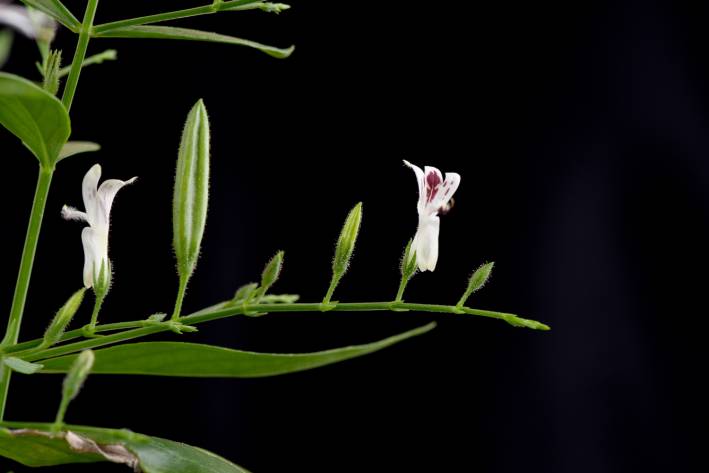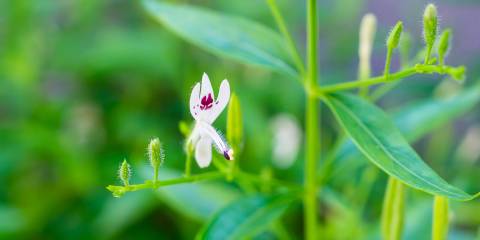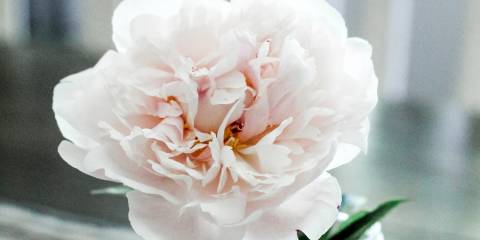The year 2020 has been an investigative year for scientists, virologists, and health officials everywhere. Understanding current health challenges has been a rollercoaster of new information and adaptations within society as a whole. While science has helped us over the years to better understand the immune system, a wave of fear and uncertainty has unavoidably spread to people all over the world who are now searching more than ever for new and concrete information to ease concerns in relation to health, wellness, and immune function.
Health Benefits of Andrographis
While there does not seem to be any consistent science regarding herbs and nutrition to fully support the new challenges, the benefits of many herbs have been studied for decades as supporting agents for the human immune system. Among the most impressive is the bitter herb known as Andrographis paniculata, which is very popular outside of the US. It is commonly used in Traditional Chinese Medicine and Ayurvedic practices. It is known as Kalmegh or “King of the Bitters” in English. Bitter herbs in general are well-known to help activate bitter taste receptors in the body that can provoke healthy digestion, nutrient absorption, and detoxification—all actions that support overall wellness and immune function.
In addition to its bitter properties, the traditional use of Andrographis is well documented with a wide variety of indications. In the world of science, the studies are equally as numerous and indicate many advantageous uses for this plant.
Clinical Research of Andrographis
In a 2007 Pharmacognosy Review of Andrographis, the plant is established to have quite a large portfolio of both historical use and modern applications outside of the US, from gastrointestinal to immuno-stimulating support. For instance, a clinically controlled double-blind study related to the common cold was carried out in 1992 using a standardized Andrographis paniculata extract. In this pilot trial with 50 patients at the Health Center, Hallehälsan, Sweden, both subjective symptoms as well as duration of symptoms were significantly reduced (Melchior, Palm & Wikman, 1997).
This study is only one of many, and scholarly articles are in no shortage for this plant. Some studies branch out to specific chemical constituents within the plant. The characteristic secondary metabolites in the plant have considerably enhanced its importance in the arena of medicinal plants and medicines (Mishra, Sangwan & Sangwan, 2007).
Bioactive Properties of Andrographis
Among the single compounds extracted from A. paniculata, andrographolide is the major one in terms of bioactive properties and abundance (Chao & Lin, 2010). The highest concentrate of this compound is found in the leaves and is usually most potent during the fall harvest.
Andrographolides have been studied extensively for a copious amount of health-related subjects, one of them being the immune system. Andrographolides are thought to enhance immune system functions such as production of white blood cells (scavengers of bacteria and other foreign matter), release of interferon, and activity of the lymph system (Mishra, Sangwan & Sangwan, 2007). Other compounds help contribute to the beneficial properties as well.
With so many beneficial chemical constituents and potential uses, Andrographis is high on a list of immune-supporting plants and only one of many fresh new herbs coming to light in the US for the upcoming year.





